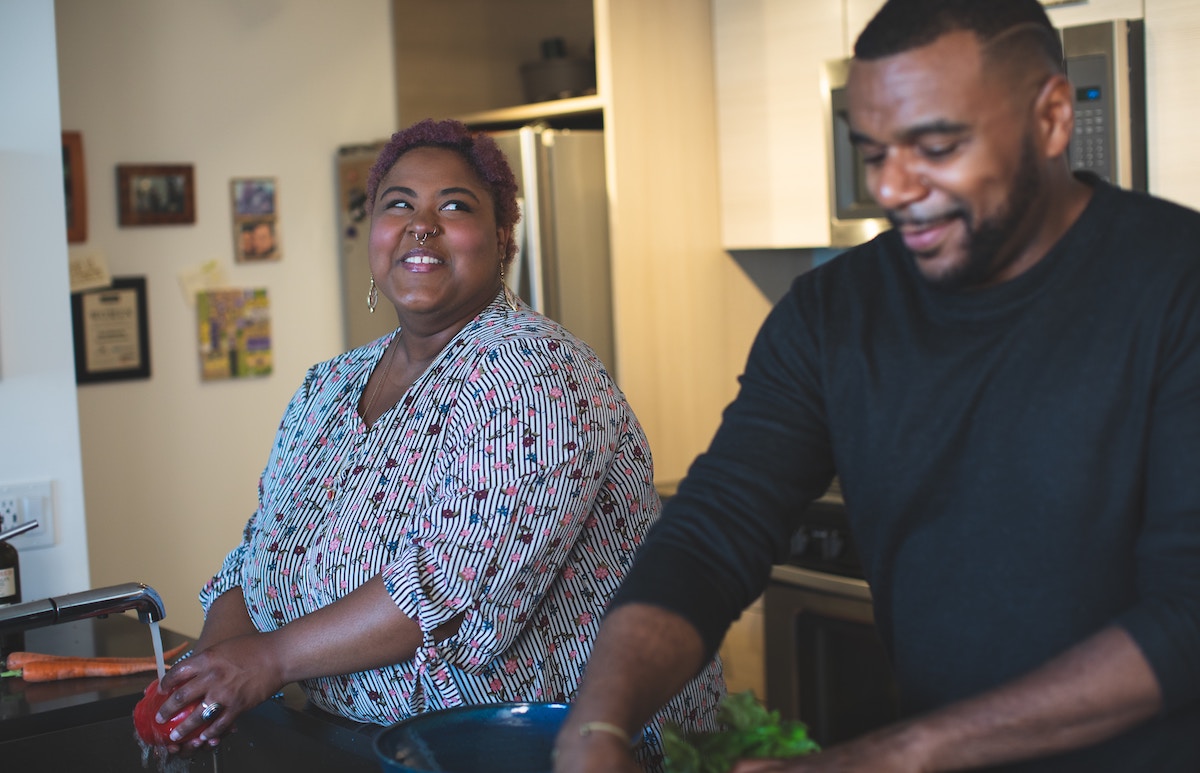Everyone differs in the way we express emotions and the way we ‘receive’ the emotions of others. There are times when a couple may not have the same way of expressing their emotions. This can lead to miscommunications and conflict when one partner feels unloved or unable to express their emotions.
Building understanding as a couple can enhance your connection and strengthen your relationship. It is important that both partners be active participants in the relationship. When both partners work together, more connection and intimacy can be built.
Being aware of your own, and your partner’s emotional expression style is a good step forward.
The following points may guide your understanding and support and improve communication and connection.
1. Be Aware of Your Style of Emotional Expression
Take some time to reflect on how you tend to express your emotions. You may wish to think about how your positive and negative emotions are generally expressed.This may be in a conversation, through journaling, or in a letter, while holding hands with your partner, or in a voice note that you play for your partner and from feedback from trusted loved ones.
You may identify needing more physical contact/closeness while expressing yourself or you might recognize the need for some space afterwards. You may need an activity that you both are engaged in together afterwards, or you might want to give your partner a letter/text and allow them to respond in time.
Whatever method you recognize as being supportive, it is helpful to communicate this to your partner. This will help you both be aware of how you express emotions and what you need once you have expressed your thoughts and feelings.

2. Be Aware Of Your Partner’s Emotional Expression Needs
Just as you are becoming more aware of your own expression needs, so too is your partner. Finding out what they have discovered helps you to understand their needs. These needs might differ from your own. This is normal. Being aware of this difference will enable you to know what they need from you when they are expressing their own emotions.
3. Have A Conversation
The need for emotional expression can happen at any time. There is not always time to prepare or speak about your needs in the moment. Therefore, speaking about these needs beforehand can be helpful and give you both insight into the others experience.
Sharing your needs, hearing your partner’s needs, and coming to some form of understanding may help you both feel more comfortable when it comes to the expression of these needs.
Remember that this conversation will be a negotiation – not to try and have your needs met fully by your partner, but to find a middle ground that allows for understanding and support for both of you.
For example, if you need to do something together after an intense emotional discussion, but they need some space. You can negotiate a middle ground for you to both feel supported. Perhaps they can have a set time to be alone right after the discussion and then you both come together.
4. Think With Empathy
Whether you are having a conversation, you are expressing your emotions, or your partner is expressing their own emotions – it is helpful to have empathy. When you have empathy you are more compassionate and more likely to be non-judgemental.
When you are expressing your emotions, it can help bring awareness to your own expression of self. Being aware of your tone of voice, body language, the words you choose, etc. can help you communicate with the right intentions. For example, if you are expressing frustration with your partner, it may not be helpful to constantly point out what they have done wrong. This may make them feel attacked and become defensive and conflict arise. A more empathetic approach might be to use ‘I’ statements. You can explain how you are feeling instead of focusing on what they are doing – which may give your partner time to listen openly without feeling blamed.
When you are listening to your partner with empathy you can offer a safe space to hear what they are communicating. This may involve validating their experience or asking for clarity. For example, if they told you they had felt patronized at work and now they are irritated with everything – you might respond with validating their experience by commenting on the feeling of possible rejection felt. You could also ask for more clarity by asking if they want you to offer thoughts about the situation or simply be there to listen.

5. Affection And Acceptance As An Attitude
Having an attitude of affection and acceptance can build a feeling of safety and security for both partners. It is acceptable, and encouraged to check in with each other and ask what the other needs, just as it is acceptable to ask for what you need.
Being able to read one another’s mind might be a helpful tool. Unfortunately, it is not possible. Therefore open and honest communication will be needed to support the relationship.
When you both feel loved, seen and accepted as you are, there is often an increased closeness in the bond you have together which promotes intimacy and connection. This bond can also lead to greater and more increased flexibility and forgiveness in the couple.
In Essence…
Everyone has their own way of expressing their emotions and needs. Being aware of what you need, and your emotional expression style is usually the first step to opening communication with your partner. The experience of learning and supporting each other is one where both partners will need to be willing to engage in reflection, empathy, and conversation. This engagement often helps strengthen each partner’s self-concept, ability to self regulate, improve intimate connection, reduce conflict and the strength of the partnership.





